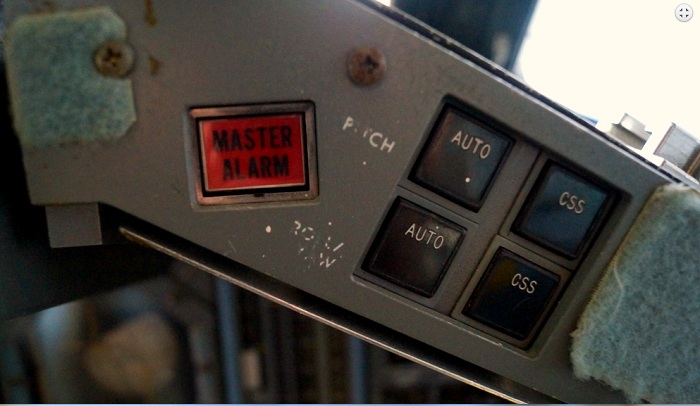-
Some people in the Seattle region might have been disappointed last year when we didn’t land a real Space Shuttle. But after getting a behind-the-scenes look at the Space Shuttle trainer being assembled at Seattle’s Museum of Flight, I walked away feeling like we got lucky.
This thing is awesome.
Over the 30-year life of NASA’s Space Shuttle program, every astronaut spent hours upon hours practicing in the Full Fuselage Trainer, preparing for their missions. The interior of the trainer mirrors an actual Space Shuttle orbiter in almost every way imaginable — from the placement of the controls to the shape of the toilet.
Stepping inside is a chance to walk in the footsteps of astronauts, and to see what they went through on their long journey into orbit.
The trainer, delivered in pieces over the past few months, is now being assembled inside the Charles Simonyi Space Gallery at the Seattle museum. Our tour was led by Geoff Nunn, the exhibit developer.
Childhood dreams were realized as there in front of me, dominating the room, stood a giant wooden Space Shuttle replica. The trainer is in pieces now but will be fully assembled by the end of September. The payload half is being outfitted with a new walkway where visitors will be able to walk though the trainer. The nose of the shuttle, housing the cockpit and living quarters, will be attached in its original place.
We enjoyed the rare treat of actually getting to step inside the crew cabin and flight deck. The cabin is so tiny, it’s wild to think of seven people actually living in there (eating, sleeping, using the restroom, but no shower). The trainer is precise when it comes to layout and control placement, and some of the buttons are wired to work.
Even the toilet is completely replicated, although Nunn told us that it’s non-working. Apparently, going to the bathroom in space takes such finesse that it requires its very own mockup for “training.”
Everything has its place in the cabin. It’s lined with lockers carrying everything from delicate experimental equipment to athletic exercise bands. The cabin and flight deck are covered with patches of velcro where tools and other necessities attach. NASA used special NASA blue velcro strips to denote regular issue items and yellow velcro for special astronaut-requested items.
Climbing up a tiny ladder, you reach the flight deck, which is even smaller than the main cabin and covered in switches, dials, and gauges. I was momentarily tempted to act out every sci-fi film I’ve ever seen in a crazy montage. The coolest things on the flight deck are the controls for the robotic arm, the closed-circuit television screens of the payload area, and the bags that hold the ropes if one ever has to rappel down the side of the shuttle, using a system called “sky genie.”
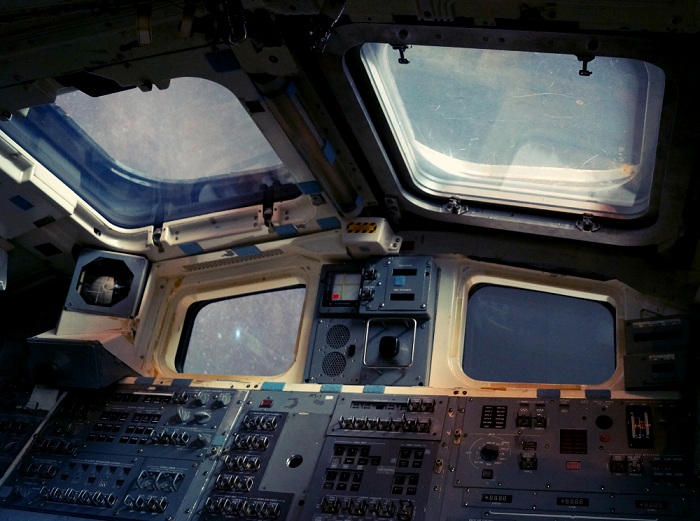
What the astronauts saw: Looking through the windows of the Full Fuselage Trainer at Seattle’s Museum of Flight.
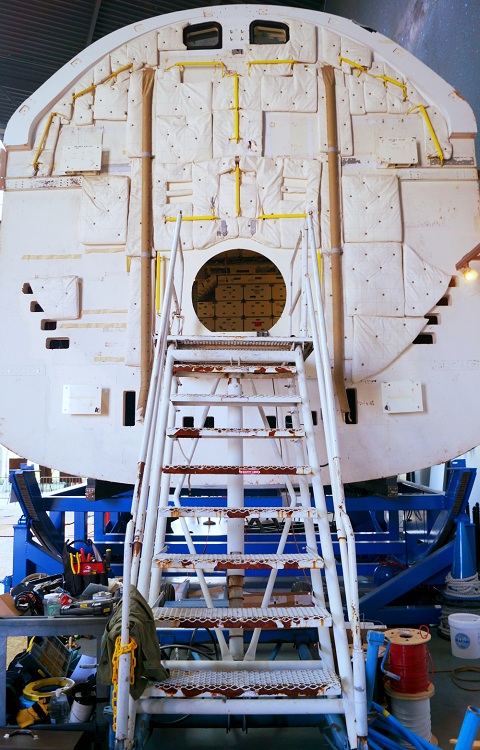
-
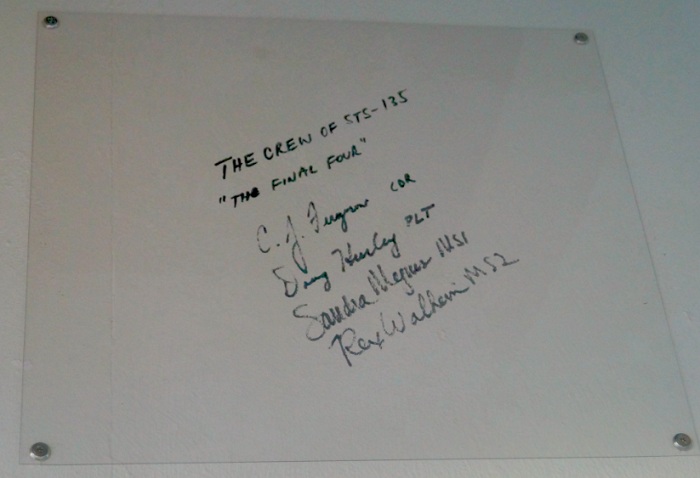
-
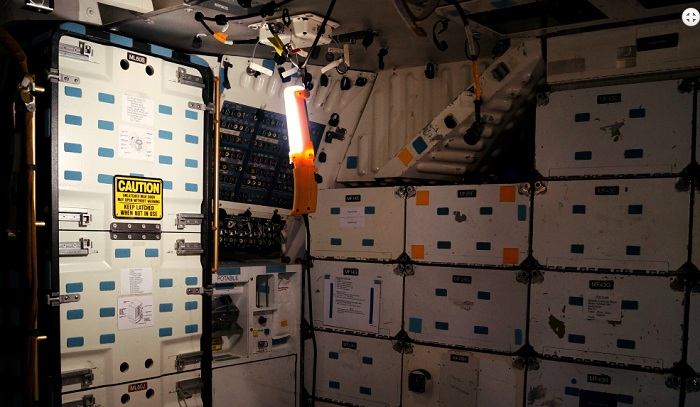
-
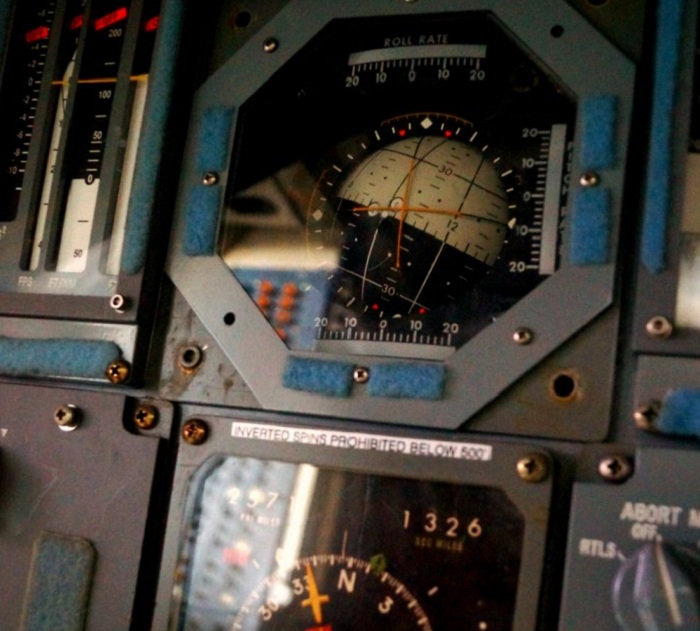
-
